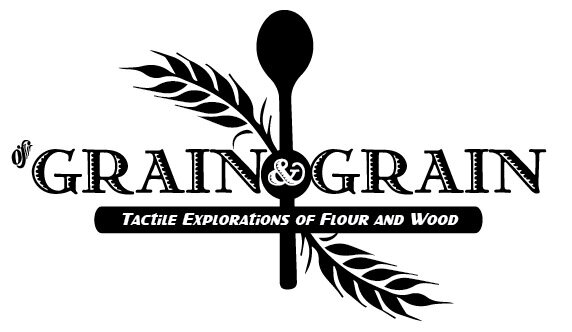Steel Cut
The focus here is really on the oats that unfortunately cannot be seen in this picture because they are buried under a mountain of goody! But fear not. Below all this beautiful topping is a nutritious blob of health. Trust me. It’s ok that it’s not visible. Oatmeal is like the naked body and all the fixings are what help make us presentable. Yikes! And with that statement I hope not to diminish the value of the naked body. Just like oatmeal, they are one in the same, a strong foundation to build upon. The glory of oatmeal is its simplicity and that’s what makes it so special. You can dress it up or down, incorporating your favorite items for a tailor made breakfast.
Tradition
Historically oats have been around since the BC era but really started to make their mark in the last 500 years. 500 Years?! Yes, apparently so. Oats came to the USA around 1600AD and relatively quickly positioned itself as a versatile crop for cereals, groundcover, feed grains and biomass. Oats are basically a star of agriculture. More good news for oats is that they remain relatively safe from the threat of GMO’s. Oats as a crop don't compete economically with that of corn or soy in this country so politically the economic investment for such science is just not there. I would call this a major win for “We the People” especially given this day in age.
Condition
The therapeutic properties of oats are many, showing positive impact on blood sugar stabilization, cholesterol, nerve inflammation, constipation and skin irritations. What does that mean? Well, if you are or are at-risk for Diabetes, heart disease, bowel disruptions, arthritis, fibromyalgia, or psoriasis then it might be wise to consider some oats! The good news is that oats are a current over the counter food medicine that is proven to address many health ailments without a prescription. I do not suggest going off any prescription drugs that you are already taking, but rather I encourage you to add oats to your diet (or bath!) so some of nature's finest can assist you in feeling better.
Nutrition
There is plenty of nutrition out there well beyond the layperson’s knowledge so, simply put, oats pack a major punch when it comes to fiber, B vitamins, and vitamin E.
Fiber - This is what makes oats a complex carbohydrate. It contains both soluble and insoluble fiber which aids in the slow release of sugar to the blood stream stabilizing glucose, assists with trapping and flushing bad cholesterol (LDL) while helping absorb good cholesterol (HDL). Add to it the fact that fiber serves as an intestinal scrub brush and you will be well on your way to bowel regularity.
B Vitamins- These are complex (nutrition nerds rejoice!). What I mean by this is that B vitamins are plural, consisting as a group of water-soluble nutrients. The important thing to note here is this water-soluble classification. Unlike fat-soluble vitamins which are dissolved in the blood-stream and stored in the body for availability when needed, water-soluble vitamins are not. They dissolve in water and pass frequently with urine. That means, we need to consume them often. B Vitamins participate largely in cell regeneration helping to building genetic material and maintain nervous system function. Think about all those pregnant ladies consuming Folic Acid. Folate, Folacin and Folic Acid are all the same thing (see how complicated this gets?) and just one of the nutrients participating in the B vitamin team.
Long story short is this cluster is a game changer for healthy growth. Metabolizing B vitamins encourages healthy regeneration of our bodies both inside and out. We can’t begin to understand the depth of nutritional science so rather than get too deep, it’s better just to trust that these vitamins are a must, doing a many great things. And with consideration to the turn-over of healthy cells, nerves and otherwise, it seems a sensible bet to consider them a healing agent. There is a reason that Nicolas Culpeper made a poultice of oats in 1652 to address the perils of leprosy. Should we discuss DIY beauty treatments? Later! For now just know that oats are where it’s at.
Vitamin E- If you are looking for a workhorse, look no further. Vitamin E is a compound of tocopherols and tocotrienols that together form a powerful antioxidant that helps fight crimes of cell oxidation. With all the cellular regeneration I just mentioned with the B vitamins above, it’s a good thing Vitamin E comes along for the ride. Additionally, the tocotrienols are said to inhibit cholesterol synthesis helping to lower blood cholesterol which is frequently used as an indicator for heart health.
Go oats!




